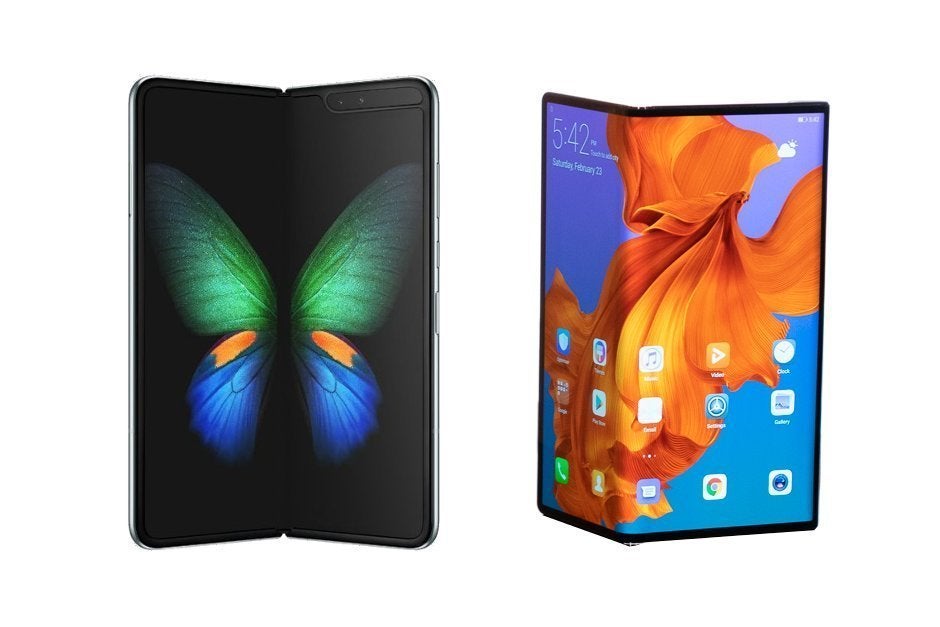Samsung Electronics tops Q2 estimates despite 56% drop in operating profits

Just yesterday we told you that most analysts were expecting Samsung Electronics to report a 60% drop in operating profits for the second quarter that ended in June. The U.S. supply chain ban against Huawei was expected to lead to a drop in the number of chips shipped by Samsung during the three month period. The chip business accounts for two-thirds of Samsung Electronic's sales, so the fact that the Galaxy S10 smartphone line had outsold last year's Galaxy S9 by 12% year-over-year wasn't expected to help boost the numbers.
With the time difference, it is now Friday morning in South Korea and Samsung Electronics second-quarter earnings report has now been officially released. And the results were slightly better than expected according to Bloomberg. For the period, the company reported a 56% drop in operating earnings to 6.5 trillion won (equivalent to $5.6 billion USD). The results were helped by a one-time gain in the display division as Apple was forced to compensate Samsung for failing to buy the number of OLED panels it had contractually agreed to. Sales, at 56 trillion won ($47.9 billion USD), also topped estimates.
More bad news for the Samsung Galaxy Fold
Samsung's shipments of OLED panels to Apple for the iPhone XS and iPhone XS Max were lower than expected because of weak sales of the phones. However, Bloomberg notes that Samsung was able to generate new business for its AMOLED displays from Chinese phone manufacturers. But there could be some problems in the near future for Sammy's displays and memory chips businesses. After a South Korean Court ruled last October that Japan needs to compensate South Koreans who were forced to work for Nippon Steel during World War II, Japan ordered new restrictions on the export of some materials to South Korea. These materials are used to produce smartphone displays and chips and Japanese companies exporting them to Korea now must get permission before they can be shipped. Getting this permission could take as long as 90 days each time it is required. Since Japan accounts for 70% to 90% of the global production of these materials, Samsung could seriously run into problems producing enough displays and chips in the near future.
"It will take more time to see the recovery of business sentiment for semiconductors. Demand would rise in 2H but it will be lower than the prior estimates."-Kim Woon-ho, analyst, IBK securities

The Samsung Galaxy Fold was supposed to be launched during the quarter but is now in limbo
Samsung has not only done well with the Galaxy S10 line thus far, but it also has hit a home run with its new mid-range Galaxy A series. In the first 70 days after the first models were launched, Samsung had sold over 5 million units producing revenue in excess of $1 billion. Three of the models are coming to the U.S. and the Samsung Galaxy A50 is now available from Verizon and Sprint.
The foldable Samsung Galaxy Fold was supposed to launch during the quarter, on April 26th. But the release was halted on April 22nd as the company had to deal with a number of problems discovered by influencers. Some peeled off a protective film from the internal display that was not supposed to be touched and damaged their device. Others had debris enter the inside of the Galaxy Fold through an opening in the hinge, leading to a bulge on the display. Other units just stopped working. Samsung reportedly has completed the Galaxy Fold's redesign, but a new release date has yet to be announced. And while the Galaxy Fold doesn't need any more bad news, it turns out that the material used to produce the protective film peeled off by the influencers is one of the materials that Japan is restricting exports of to South Korea.
Follow us on Google News












Things that are NOT allowed:
To help keep our community safe and free from spam, we apply temporary limits to newly created accounts: